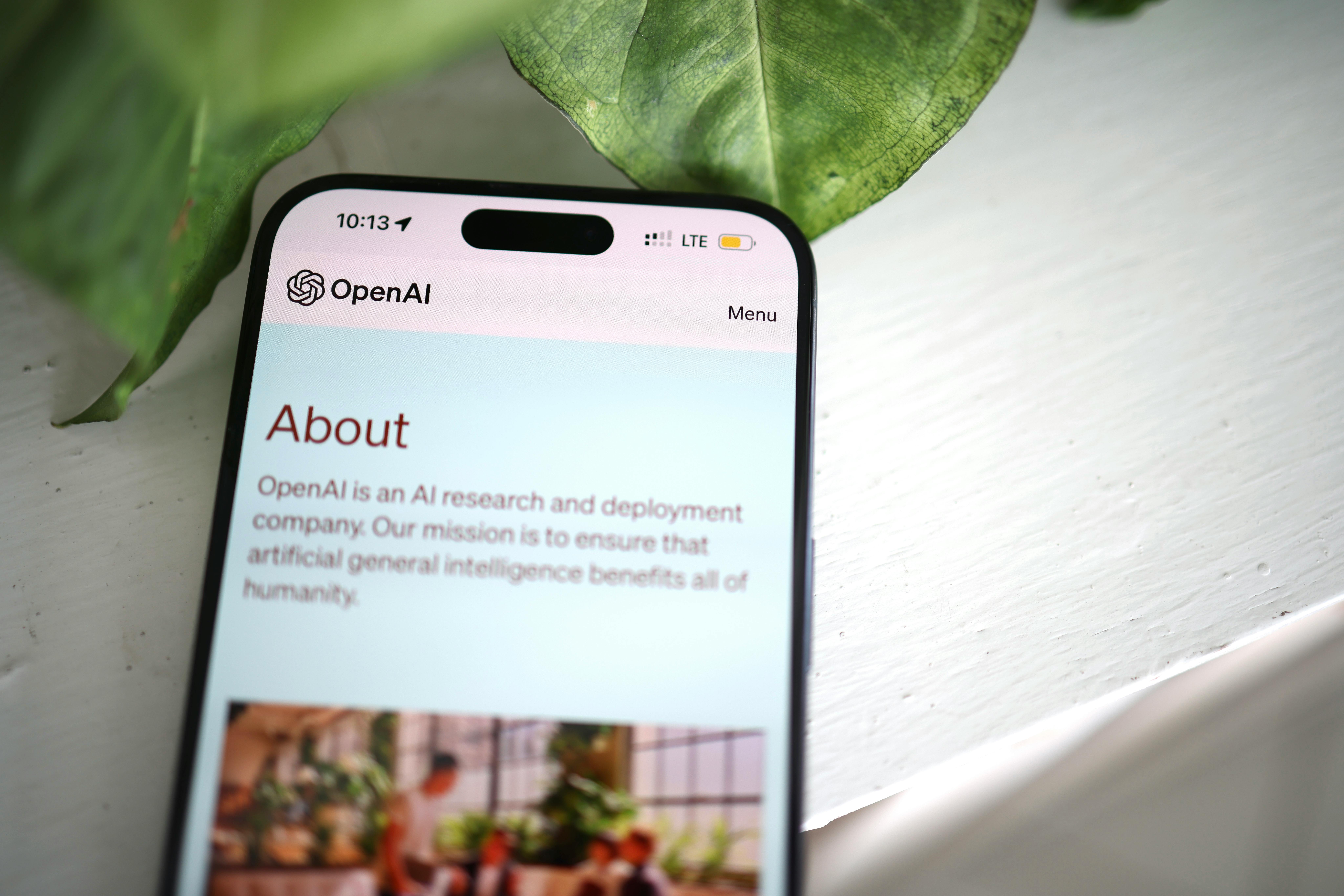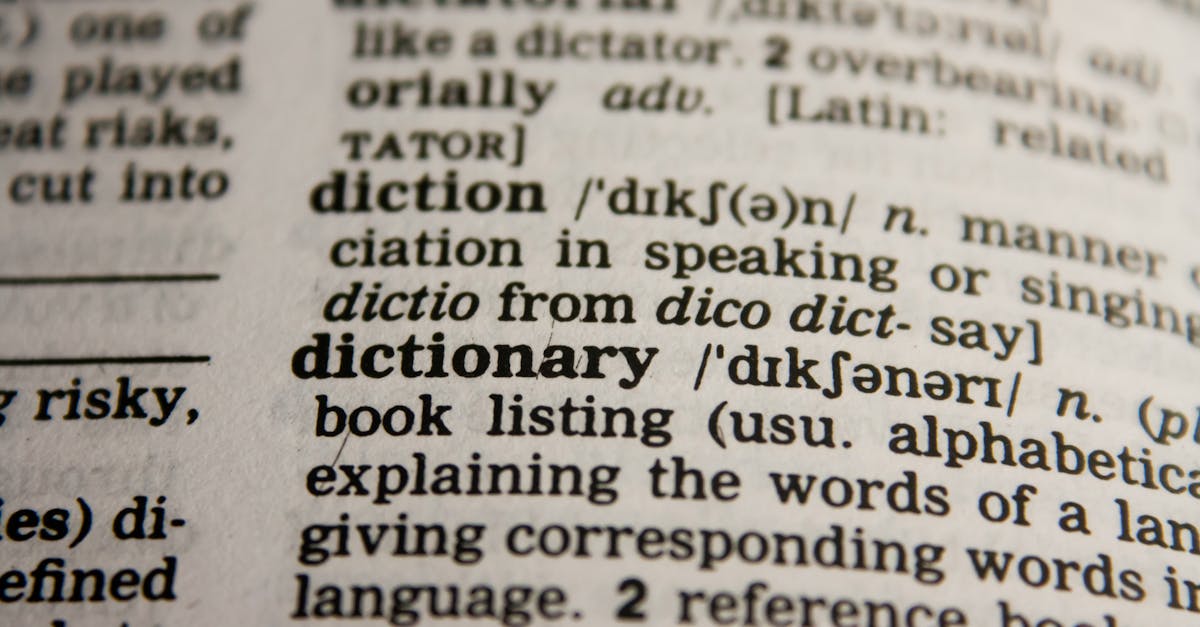Introduction: The Evolution of AI in Education
By 2024, the relationship between artificial intelligence (AI) and education will still be developing, especially with the use of large-language models (LLMs). Both the potential and risks of LLMs in the educational field are highlighted in recent talks and articles, notably those on sites like The Markup. Teachers must consider these advancements and evaluate their effects on the processes of teaching and learning critically.
Introduction
By 2024, the relationship between artificial intelligence (AI) and education will still be developing, especially with the use of large-language models (LLMs). Both the potential and risks of LLMs in the educational field are highlighted in recent talks and articles, notably those on sites like The Markup. Teachers must consider these advancements and evaluate their effects on the processes of teaching and learning critically.
Tech Influence
Within the field of educational technology, or edtech, influencers and tech celebrities are a strange mix. Big tech businesses frequently court these people to try to give their goods an air of authenticity. This effect, however, has the potential to distort views and expectations about AI technologies. The promise of AI to save time is a recurring theme in edtech circles, a distress call for overworked educators. Though very appealing, the claim that "AI will save you time!" needs closer examination.
Imagine if you will, that an instructor uses AI software to swiftly create lesson plans. Though impressive, this method runs the danger of ignoring crucial components of good teaching, such making sure that lessons are coherent, skill-aligned, and adapted to the requirements of the students. The possibility of teachers depending on artificial intelligence to carry out essential pedagogical duties begs concerns about the level of involvement and the caliber of instruction.

A teacher might, for instance, enter a subject and the length of the class into an AI program like MagicSchool AI, which would subsequently generate a complete lesson plan. Although effective, this approach can get in the way of the deliberate development of skills, essential scaffolding, and deep connections that characterize high-quality education. Comparably, while it may appear effective, employing AI to grade student writing can weaken the individualized feedback that is essential to students’ development and comprehension.
Ethical Issues
Increasing the scope of the conversation, the moral ramifications of AI in education need to be covered. One of the main concerns is whether any sacrifices in educational quality are justified by the quest of ease. Legal and ethical issues are raised by the fact that AI-powered solutions frequently use huge datasets that could contain copyrighted information. Undermining the integrity of instructional material, this idea of "borrowing" lesson plans from AI can almost be intellectual theft.
Fair, equal, and excellent education is the duty of educators. If AI is used for short-term solutions, it can spread unproven, immature, and maybe worse materials. Students should expect better than the explanation that "if it’s just a paper, it doesn’t matter where it came from". Well chosen and morally right resources are necessary for genuine education.

Nuances and Practical Applications
Even with these reservations, when applied carefully, AI can be quite beneficial. Take an Alabama teacher who uses ChatGPT to create differentiated prompts based on the requirements of various students. Here AI acts as a support tool, adding structure or sentence starters to improve teaching content without taking the place of human judgment and originality.
Personally, I’ve created quiz questions with ChatGPT that correspond to particular learning objectives. Although developed out of a late-night inspiration need, this approach yielded original questions that were immediately applicable to the material covered. This experience emphasizes the differences between depending on AI to handle the heavy lifting and using technology to improve educational work.
AI priming of the thinking process can reduce cognitive strain and accelerate lesson preparations and evaluations. But the teacher’s role is still essential to making sure AI enhances rather than replaces educational depth and professional judgment.
Conclusion
Innovation must be balanced with critical assessment as we negotiate the increasing use of AI in education. My concerns regarding the application of AI in education still exist, especially with regard to the huge resources needed to maintain these systems. The discussion about AI has to change going ahead from its "magic" to a more sophisticated grasp of its capabilities and drawbacks. AI will only be able to really improve educational practice—rather than impede it—through careful integration.





